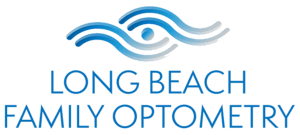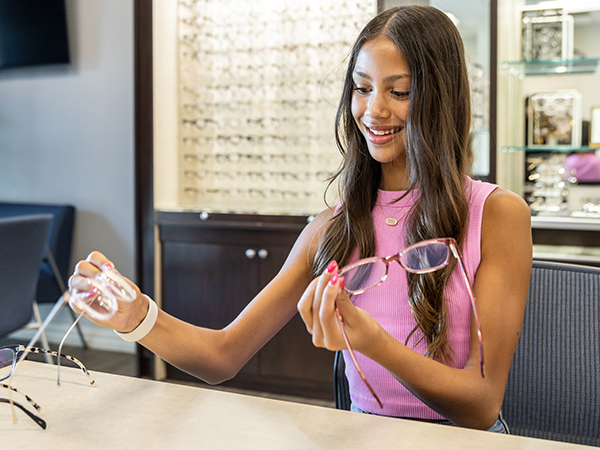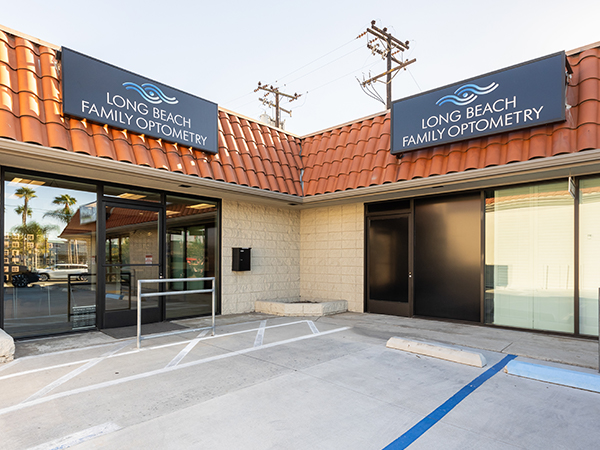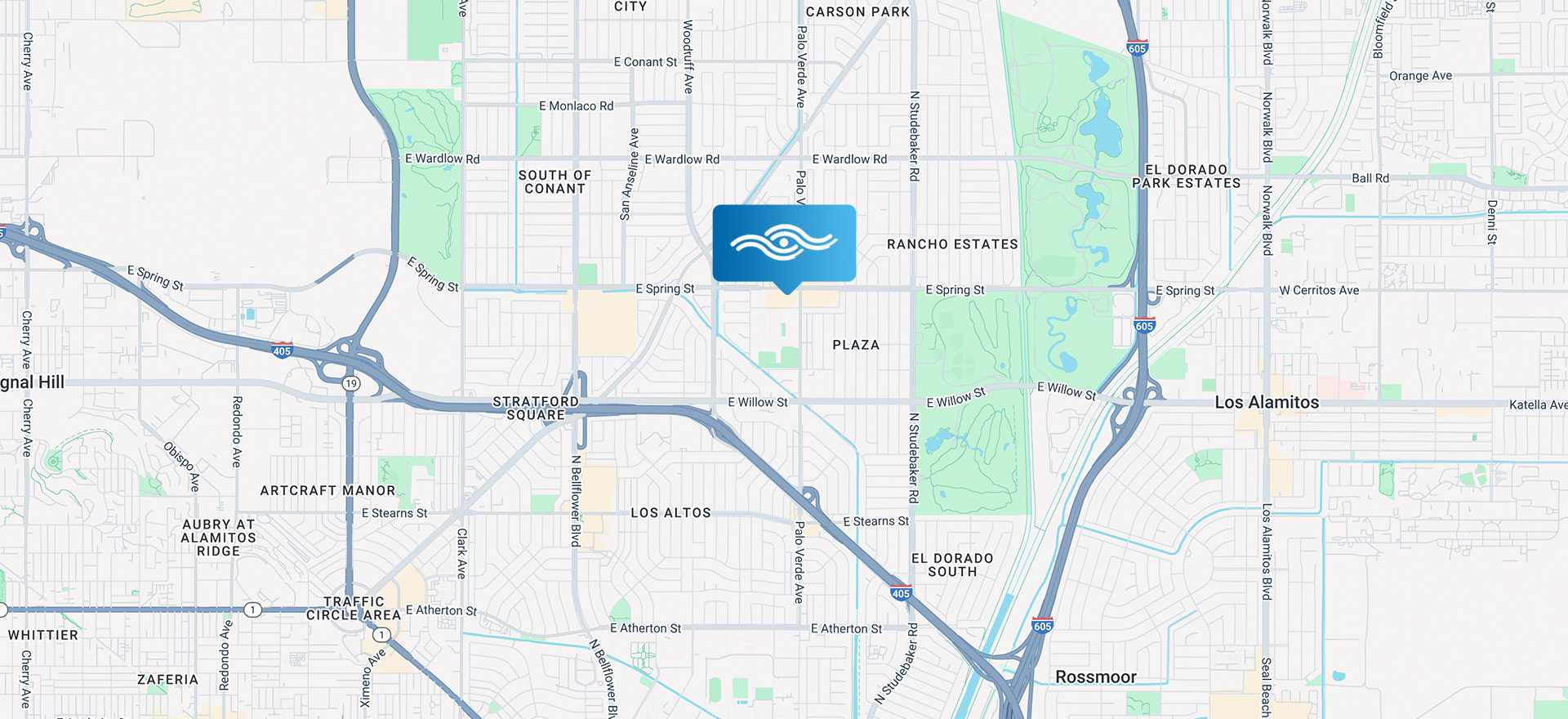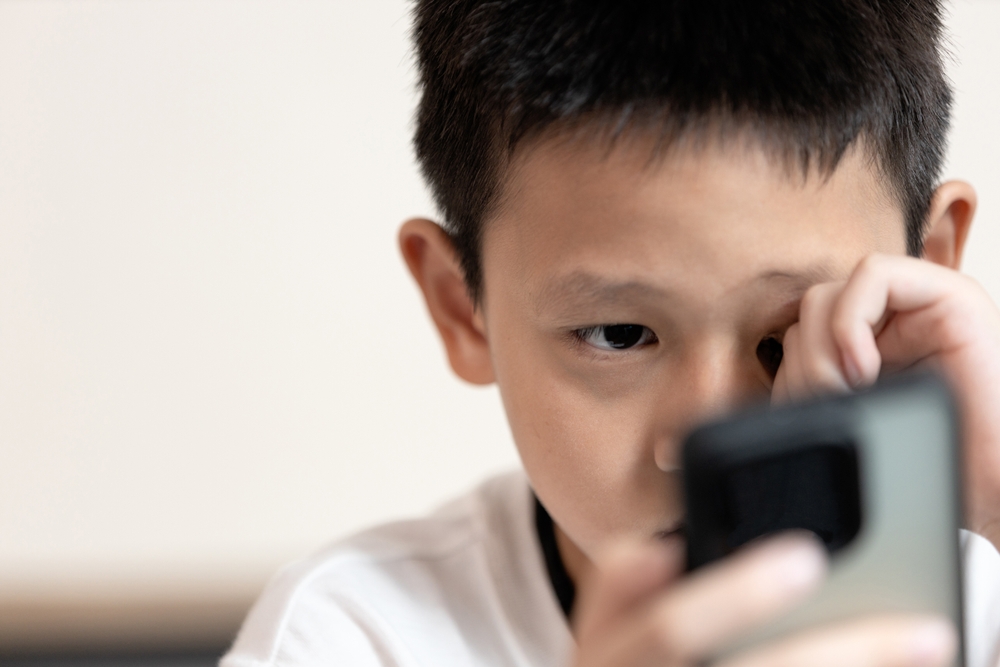
As a parent, you want to do everything you can to protect your child’s vision and ensure healthy development. One of the most common eye conditions affecting children today is myopia, also known as nearsightedness. Myopia causes distant objects to appear blurry, while nearby objects remain clear. Over the past few decades, myopia has become increasingly common among children and experts predict that nearly half of the world’s population will be myopic by 2050.
Understanding Myopia
Myopia occurs when the eye grows too long, or the cornea is too curved, causing light to focus in front of the retina instead of directly on it. This results in blurry distance vision. Genetics play a role, but environmental factors such as increased screen time and reduced time spent outdoors are also contributing to the rise in childhood myopia.
Risks Beyond Blurry Vision
While glasses and contact lenses can correct vision, they don’t slow the progression of myopia. Left unmanaged, myopia can worsen year after year, increasing the risk of serious eye conditions later in life, including:
• Retinal detachment
• Glaucoma
• Cataracts
• Myopic macular degeneration
By starting myopia management early, you can help protect your child’s long-term eye health.
Specialty Contact Lenses
One of the most effective approaches to myopia management is the use of specialty contact lenses. Orthokeratology, also called Ortho-K, involves custom-designed lenses that are worn overnight to gently reshape the cornea. This provides clear vision during the day without the need for glasses or contact lenses. Another option is multifocal contact lenses, which are soft lenses worn during the day. These not only correct vision but have also been shown to slow the progression of myopia in children.
Atropine Eye Drops
Another proven treatment is the use of low-dose atropine eye drops. Prescribed by an optometrist, these drops have been shown to safely and effectively slow the progression of myopia in children. They are easy to use and can be an excellent choice for families looking for a non-invasive option.
Lifestyle Adjustments
Simple lifestyle changes can also play an important role in managing myopia. Encouraging children to spend more time outdoors, limiting recreational screen time, and promoting good visual habits - such as using proper lighting when reading- can all help slow down the progression of myopia.
When Should Parents Consider Myopia Management?
If your child is:
• Struggling to see the board at school
• Sitting very close to the TV or holding books close to their face
• Complaining of headaches or eye strain
The earlier myopia is detected, the sooner treatment can begin - and the better the long-term outcome for your child’s vision.
Protect Your Child’s Vision at Long Beach Family Optometry
Myopia is becoming increasingly common among children, but with effective myopia management, you can take control of your child’s eye health. By working with an experienced optometrist, you can slow the progression of myopia and protect your child’s vision for the future.
At Long Beach Family Optometry, we specialize in myopia management and offer personalized treatment plans tailored to your child’s needs. Schedule a comprehensive eye exam to learn more about the best options for your child’s vision and long-term eye health. Visit our office in Long Beach, California, or call (562) 553-6600 today.
